
Overview
In this third installation of my Selecting Woodworking Tools For Kids series, we’ll look at measuring, marking, and leveling tools. Previously in the series, we’ve looked at safety gear and pounding tools. Let’s dive in…
Measuring Tools

You may want to rely on measuring tools you already have on hand, like rulers and yardsticks. These tools will work just fine for most preschool woodworking projects.
I recommend you avoid letting young children use standard retractable metal tape measures, like the ones pictured above, unsupervised. Over 45 plus years of woodworking, I’ve probably been injured more by retractable metal tape measures than any other tool. The thin metal blades of these devices are sharp and can easily slice a young callus-free finger. The blades are even more hazardous as they quickly retract.
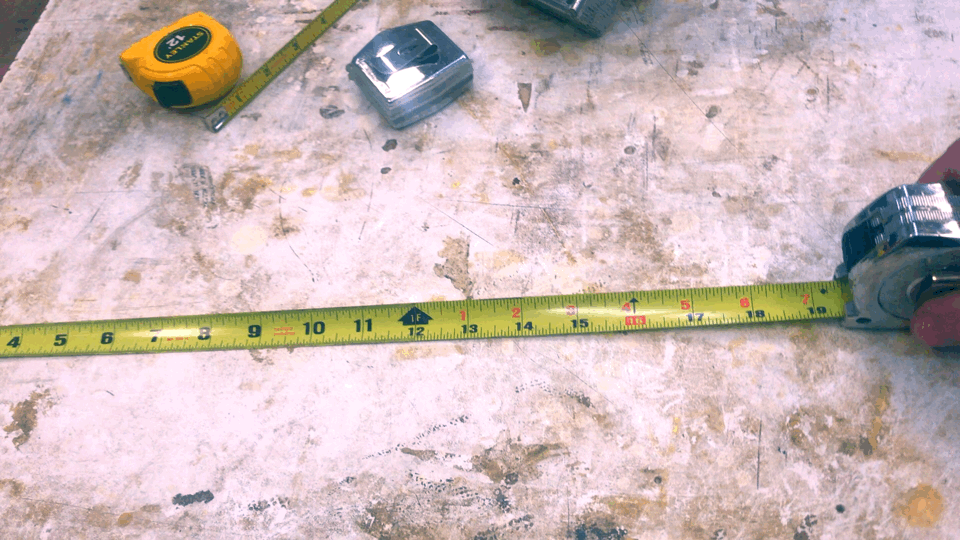
There are other dependable measuring options for less-supervised woodworking that don’t bite. For example, these are made for crafts, sewing, and fitness measurements. The tape is still retractable with the push of a button, but it’s flexible and unlikely to bite. They also come in bright colors making them harder to lose.
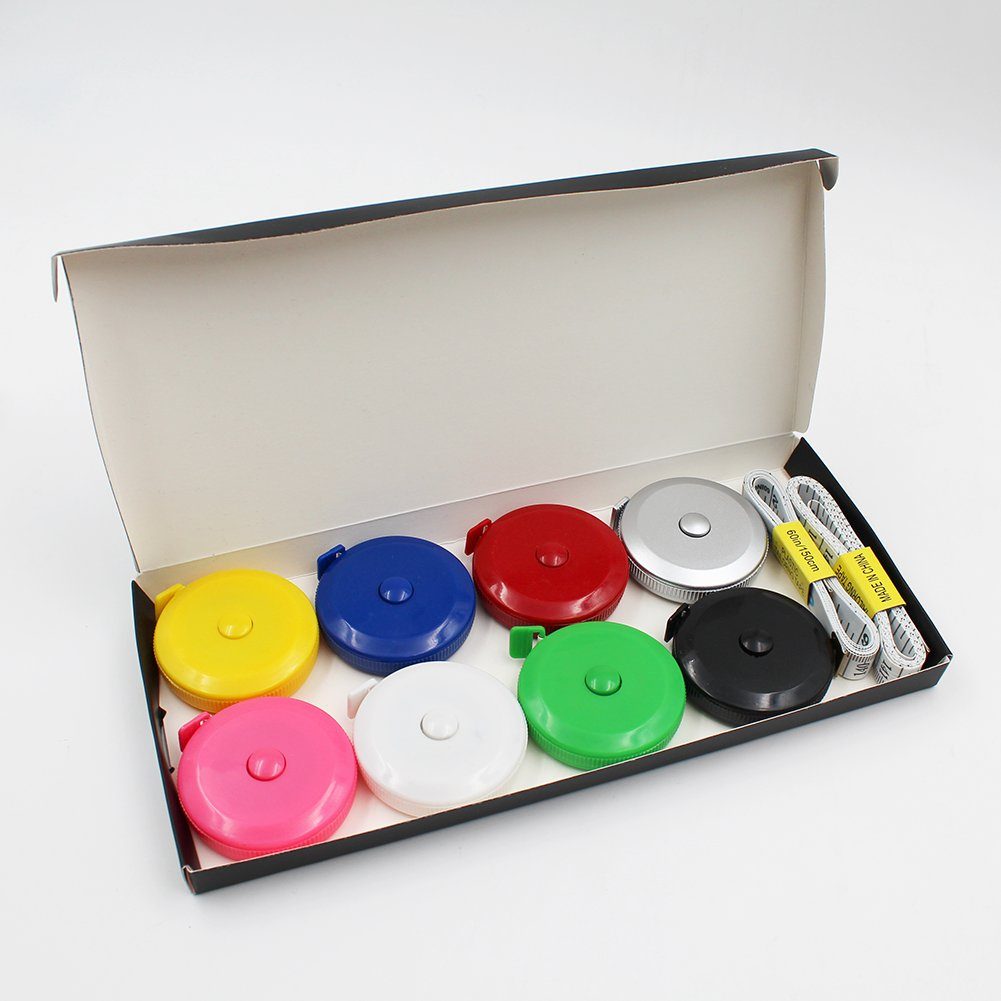
Another benefit of this tape measure style is their size. They fit better in the hands of children–which means improved usability.
They probably are not as durable as their metal-bladed cousins, but they offer great value for the price.
Another measuring option is the folding ruler. They are available in a few materials–usually wood or fiberglass. Unfolded they can be 6′ or longer. Folded they are about 8 inches long. The version of this tool linked to above and in the photo is a well-reviewed mid-range tool. There are more durable version available, but they can cost 50% more.
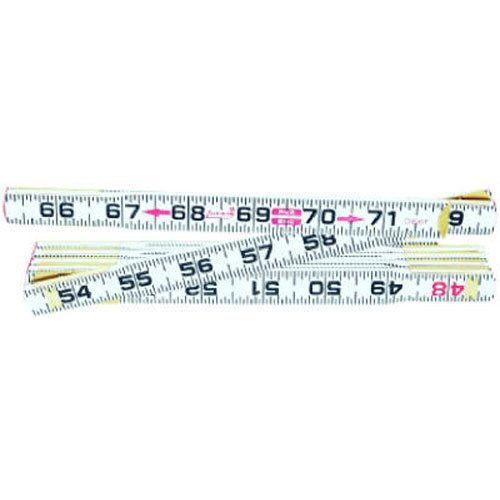
I had one of these when I was about 6 years old and found it fascinating–unfolding and folding it over and over again.
A speed square is another fine measuring option for young kids. In addition to serving as an 8 inch long ruler, it can also be used to draw 90 and 45 degree lines. These tools are durable, affordable, and hard to lose.
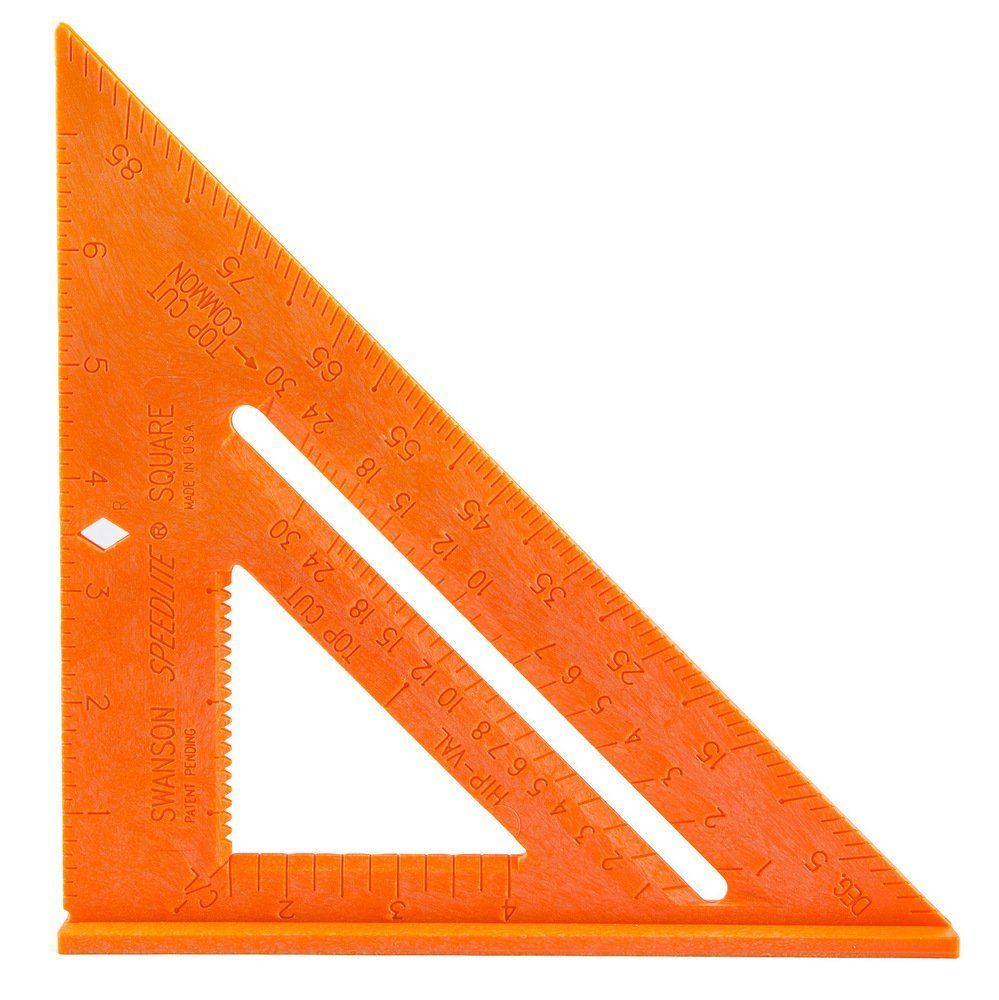
These last two measuring tools are probably impractical for most early learning woodworking projects, but they could be a ton of fun for kids who were interested in measuring big objects or long distances.
This tape reel has a 100′ long coated nylon blade (200′ and 330′ versions are also available).

A measuring wheel like the one below is also great for measuring long distances. As the wheel rolls along the ground it measures distance. The one pictured can measure up to 10,000 feet. It also has a retractable handle for easy storage.

Marking Tools
Like the rulers and yardsticks mentioned above, using on-hand marking materials is just fine. But, if you’re looking for a couple woodworking specific marking tool ideas, consider these.
Carpenter pencils have a rounded rectangle design that keeps them from rolling away and they tend to come in bright colors so they are easy to locate. One carpenter pencil is pretty much like the next, but I like the set linked to here because it is a good deal and comes with a specialized sharpener.
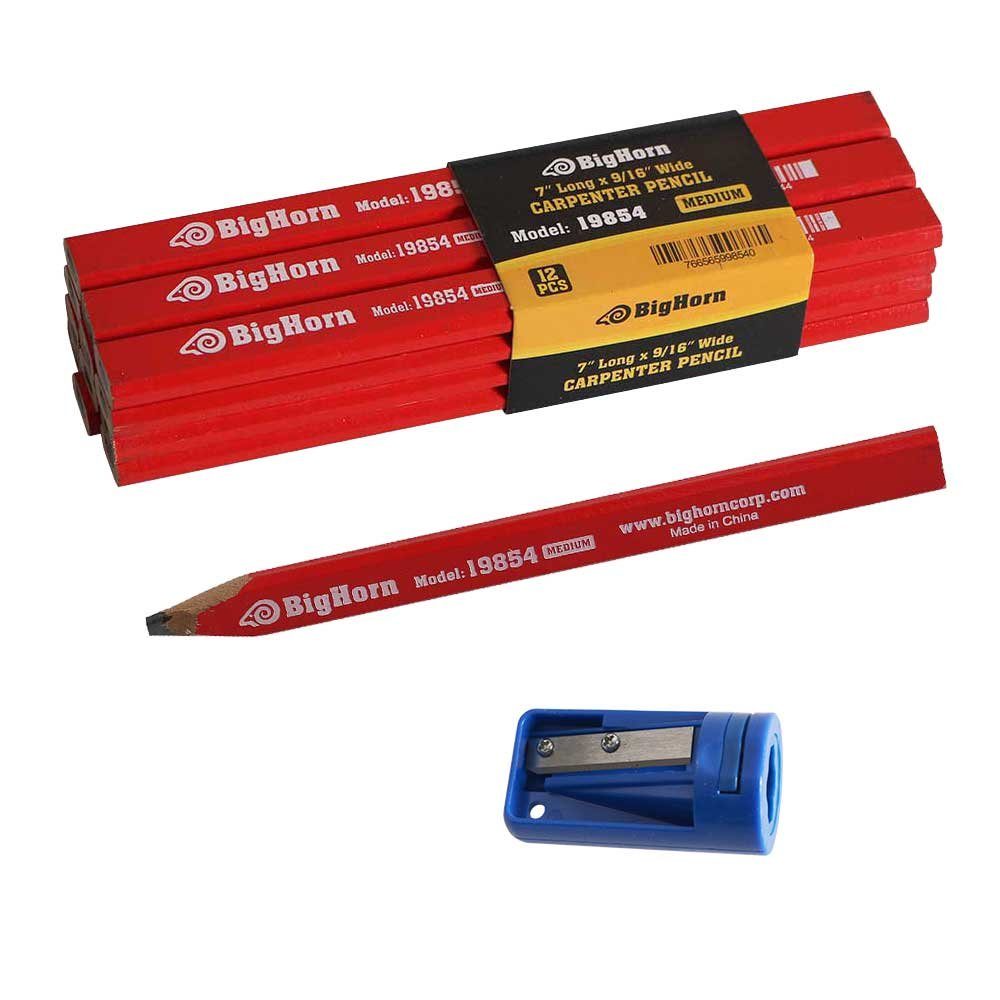
Another specialized marking tool you might want to add to your early learning tool collection is a chalk reel. A chalk reel consists of an outer shell that holds a reel of string and powdered chalk. The string is stretched taut across a surface (a board, a parking lot, a playroom table) and snapped to create a straight line.

A chalk reel may be 100% impractical, but there’s also a lot of playful STEM learning that comes with using such a tool.
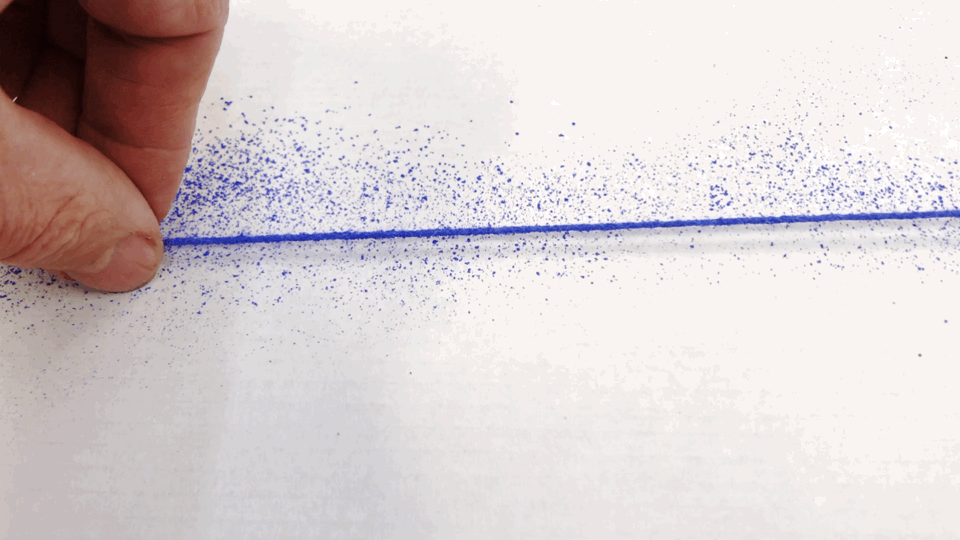
Some chalk reels come with containers of powdered chalk like the one pictured below, some do not.
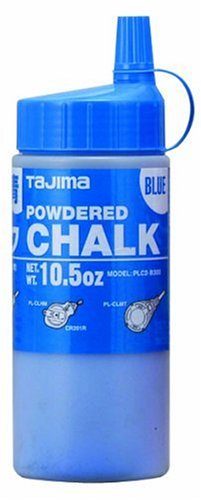
Leveling Tools
Levels are probably an unnecessary tool for most early learning woodworking projects but, like chalk reels, the offer plenty of playful STEM learning potential and can help kids understand the concepts of level and plumb.
A torpedo level, like this one, is a good choice for an early learning setting. It’s small, shock resistant, and brightly colored.

If you want something a bit bigger, this is a nice option.

After a bit of direct instruction (“see that bubble and those lines? When that bubble is between the lines it means the surface is level. When it is not, it means the surface has a slope. Let’s try it on the floor. Is the floor level or does it have a slope?”) kids who are interested in such things will have a ton of fun testing every surface in sight.
Conclusion
The tools this post looks at are not the loudest or most exciting tools in the toolbox, but they help with important jobs. They also hold a lot of play-based learning opportunities for kids who are interested in them.
As always, I’d love to see your questions and thoughts in the comment section below.
Contribute content to Playvolution HQ
Brought to you by Explorations Early Learning
Browse Trainings
Post Author
Jeff Johnson is an early learning trainer, podcaster, and author who founded Explorations Early Learning, Playvolution HQ, and Play Haven.



Leave a Reply